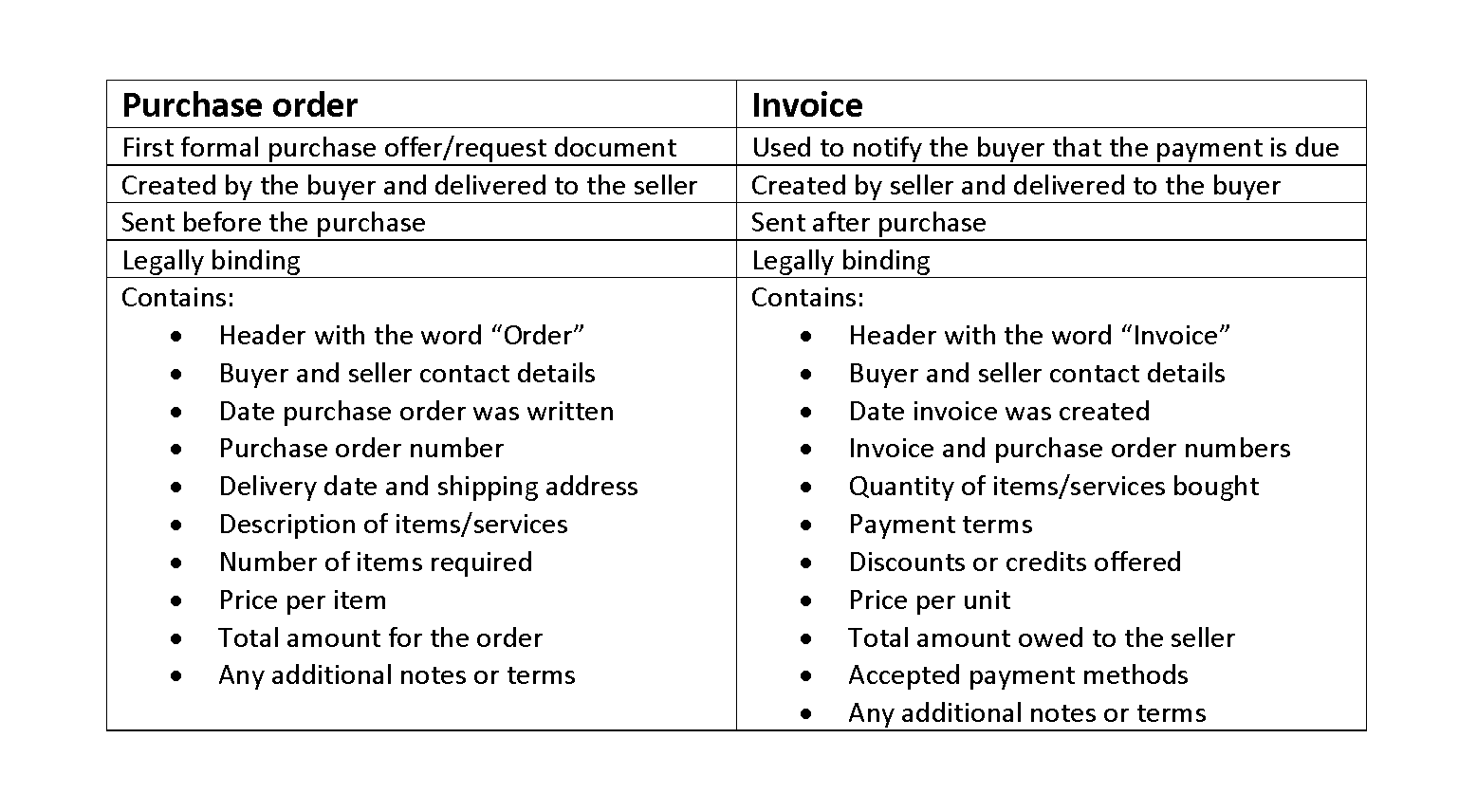
These three types of contra accounts are used to reduce liabilities, equity, and revenue which all have natural credit balances. Therefore, for these three, the debit balance actually represents a negative amount. Key examples of contra asset accounts include allowance for doubtful accounts and accumulated depreciation. Accumulated depreciation reflects the reduction in value of a fixed asset.
Decoding the Complexity of Contra Revenue Accounts
In other words, contra revenue is a deduction from gross revenue, which results in net revenue. And let’s not contra expense meaning forget the all-important Allowance for Doubtful Accounts, acting as a financial crystal ball that estimates the portion of accounts receivable that might just turn into fairy dust. Businesses benefit by forecasting more realistic revenue figures, which helps in strategic planning and maintaining investor confidence.

How are Contra Accounts Used and Reported?
One of the accounts is debited, and the other is credited accordingly. All in all, contra accounts are an important tool for businesses to use to understand their financial standing better. If you’re valuing a low-growth company based on its equipment assets, you want to use the net value to be conservative. On the other hand, if you’re looking at a high-flying growth stock that reports new revenue growth records each quarter but has a massive allowance for doubtful income statement accounts, there may be problems ahead. And why stop at just theory when you can apply what you’ve learned using premium templates? Upgrade your productivity and performance with ready-to-use accounting templates designed to streamline contra account management.
How Are Contra Accounts Reported in Financial Statements?
Contra Liability a/c is not used as frequently as contra asset accounts. It is not classified as a liability since it does not represent a future obligation. A liability recorded as a debit balance is used to decrease the balance of a liability. A contra liability is an account in which activity is recorded as a debit balance and is used to decrease the balance of a liability. A contra asset account is an account that is used to offset another fixed asset account on the balance sheet. Contra asset accounts are typically used for accumulated depreciation, amortisation, and other accounting adjustments.

A Fixed Asset is a Long-term Asset used by a company to create revenue. Each year of an asset’s life, another year of Depreciation Expense is recorded. The offset to the Depreciation Expense account is Accumulated Depreciation. In the above example, the debit to the contra liability account of $100 lets the company recognize that the bond was sold at a discount. Note that accountants use contra accounts rather than reduce the value of the original account directly to keep financial accounting records clean. Another description of a contra expense account is an account that reduces or offsets the amounts reported in another general ledger expense account(s).

It is used to track and report adjustments, reversals, or reductions in the value of assets or liabilities. Contra accounts provide a transparent and accurate representation of a company’s financial position, ensuring that financial statements reflect the true financial health of the business. The company would then have a contra liability account for the bonds. This would allow the company to track the amount of money that has been borrowed. The contra liability account would be used to offset the liability account on the balance sheet. Below is the asset account debit balance and accumulated depreciation account credit balance on the balance sheet.
- The allowance for doubtful accounts is a contra asset account that is used to offset Accounts Receivable on the balance sheet.
- A contra asset account is not classified as an asset, since it does not represent long-term value, nor is it classified as a liability, since it does not represent a future obligation.
- The revenue contra accounts Sales Returns, Discounts and Allowances are subtracted from the main Sales Revenue account to present the net balance on a company’s income statement.
- The balance in the allowance for doubtful accounts represents the dollar amount of the current accounts receivable balance that is expected to be uncollectible.
- For example, a bond with a principal amount of $1,000 may be sold for only $950.
What is a Contra Account? Definition

The accumulated depreciation account is designed to reduce the carrying value of the fixed asset account when depreciation is recorded at the end of each period. Contra accounts exist when the account reported on the balance sheet needs to be reduced by a different account to show its true value. For example, GAAP accounting (or generally accepted accounting principles) requires fixed assets to be reported at cost on the balance sheet, but, over time, that value depreciates as the assets are used. The balance sheet will show a gross fixed assets value, a contra account value for accumulated depreciation, and a net value. All three values can be useful for investors depending on what they’re looking for. Contra revenue accounts are the dedicated detectives tracking down all the subtractions from a company’s gross revenue.
FAQ: Navigating Common Contra Account Queries
It would give a more accurate picture of the company’s fixed assets. Contra Liability Account – A contra liability account is a liability that carries a debit balance and decreases other liabilities on the balance sheet. Equity recorded as a debit balance is used to decrease the balance of a standard equity account. It is a reduction from equity because it represents the amount paid by a corporation to buy back its stock.












